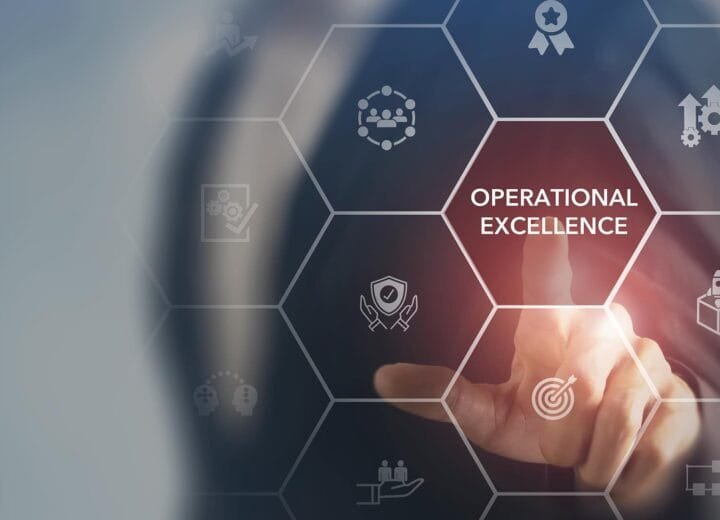The vision of the Government is to make India a ‘5 trillion Economy’, which seems to be a challenging goal yet achievable if real capacity is uncovered for the manufacturing units. Maintenance and Manufacturing professionals are continually seeking “perfect operations.” This is particularly challenging since even the best-planned systems may encounter unexpected problems. In the manufacturing industry, maintenance is positioned as a business benefit: no downtime and no equipment failure that equates productivity and profit.
Total Productive Maintenance (TPM) is a maintenance strategy that involves all aspects of a manufacturing or company’s operations. When production is efficiently expanded over time, while losses connected to equipment and people are reduced, quality is improved, accidents are avoided, and energy is saved.
After thorough research, the Japan Institute of Plant Maintenance (JIPM) rolled out the Total Productive Maintenance (TPM) framework in 1971. It’s also recognized as overall manufacturing maintenance. It’s a maintenance method (technique) that focuses on equipment and people to boost productivity and sustain production foundations.
TPM is also based on the Five S principle, which facilitates the organisation and standardisation of facility procedures, resulting in a number of operational and workforce quality improvements.
There are of course 8 pillars in the house of TPM. However, today we want to draw your attention to the three of the important pillars associated with TPM:
-
Jishu Hozen (JH) /Autonomous Maintenance (AM):
Equipment maintenance and upkeep should start with the people who utilise it. Allowing operators to handle minor maintenance tasks effectively frees up maintenance crews to focus on more specialised tasks. The purpose of this pillar is to prevent forced equipment deterioration by maintaining basic equipment conditions such as cleaning, lubrication/ oiling, tightening & inspection (COTI), and keeping equipment in good operating order.
-
Planned Maintenance:
Maintenance operations that are well-planned can help prevent equipment failure. Planned maintenance comprises assessing the condition of equipment on a regular basis to avoid degradation and mechanical issues. Planned maintenance enhances equipment reliability and production uptime while minimising maintenance costs by reducing failure and establishing efficient maintenance monitoring systems such as MTBF, MTTR, and others.
-
Kobestu-Kaizen (KK) / Focussed Improvement:
In processes and plants, the KK pillar assists in achieving zero losses and boosting Overall Equipment Effectiveness (OEE). Focused Improvement is a Japanese term that refers to prioritising and eliminating the most significant losses. Individual improvement focuses on Losses, Quality Defect Reduction, Cost, Inventory, and Accidents, among other things. The goal of this pillar is to eliminate 16 different types of losses in order to increase overall plant effectiveness, process improvement, and plant efficiency.
By integrating all departments and personnel inside an organization, TPM expands on the notions of maintenance and preventive maintenance. Even with a limited number of resources, an organization-wide approach centered on accepting responsibility for the machinery and equipment can improve overall performance.
Faber Infinite Consulting has engaged with clients for competitive and more productive business operations by uncovering hidden capacities via Total Productive Maintenance across manufacturing units. Exceptional results have been delivered to Engineering, Plastic Manufacturing, Precision machining, and similar industries by Team Faber.
Contact us for further details.
Written by Faber Aleena & Compiled by Faber Mayuri




